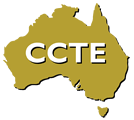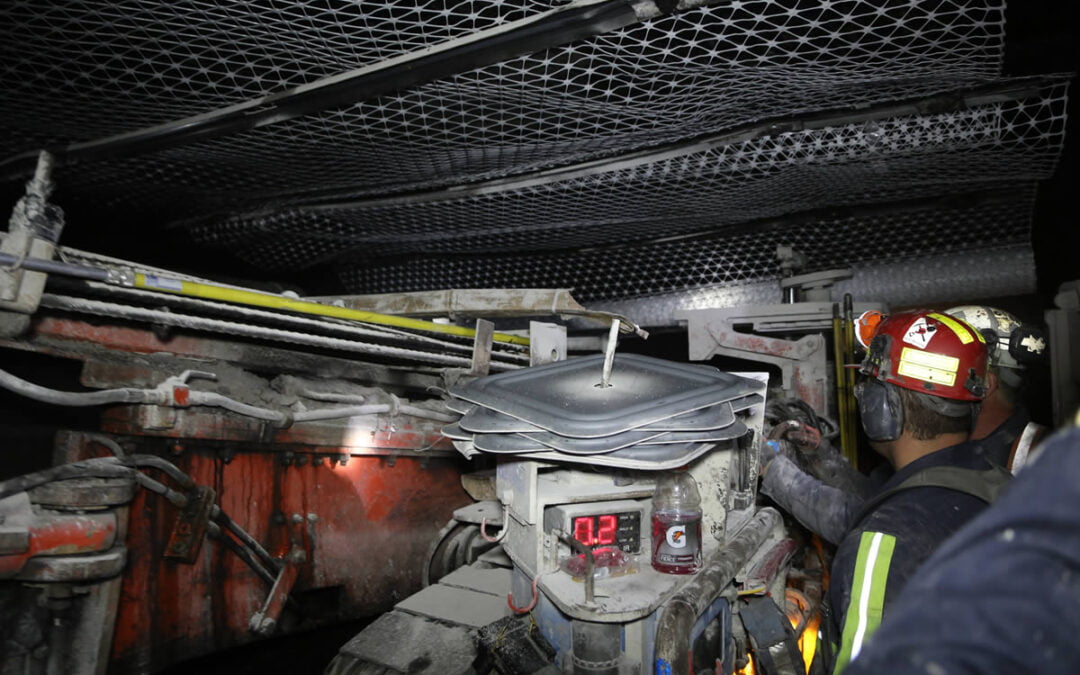During the past 20 years there has been a great deal of interest in obsoleting the use of welded wire mesh for underground secondary roof support applications.
Welded wire mesh has inherent issues with material handling, related to unusable material loss, personal injuries and installed longevity. Mines report that for every ten welded wire panels transported underground, one cannot be installed. Injuries associated with welded wire mesh installation range from shoulder and back sprains to hand and facial punctures.
Although welded wire panels provide reinforcement in the short term, average life in corrosive/high humidity environments is 5-7 years.
At the 2005 25th International Conference on Ground Control in Mining, Dennis Dolinar, NIOSH Mining Engineer ‘s paper, “Load Capacity And Stiffness Characteristics Of Screen Materials Used For Surface Control In Underground Coalmines“, was presented which detailed effective secondary material testing parameters.
Mr. Dolinar’s paper highlighted two key issues related to effective surface control screen materials….strength and stiffness. Strength to hold released roof material, and the necessary stiffness to prevent accumulated rock from becoming a danger to miners and impedance to equipment.
Since 2006, Tensar conducted over 100 tests at NIOSH to determine the best polymeric product to obsolete 10-gauge welded wire mesh. 10-gauge is the most common wire strength use for secondary control in the United States Pittsburgh Seam.
In speaking with end users, Tensar also determined a suitable product, in addition to strength and stiffness, must have:
- Thick ribs for robust durability
- Large apertures to allow passage of drill steels
- Light unit weight for ease of handling by one person
- Unlimited design life in corrosive environments
- High visibility and flame-retardancy
- During 2013, Tensar TX196 was developed which encompassed all of the above parameters.
An important safety enhancement that was considered during the product development process was the need to install rolled material during development that would provide a protective canopy over the operators during bolt installation and eliminate costly secondary installation.
To this end, Tensar’s patent pending “Resistive Unrolling” process allows the TX196 rolled polymeric mesh to be installed on miner/bolters or bolters during the development cycle when placed on top of the ATRS without the mesh unrolling in front of the machine and operator.
Throughout 2013 alone, the use of TX196 and the resistive unrolling system accounted for thousands of feet of entry drive age support with single entry development records well over 200’ per shift.
DOWNLOAD THE PAPER

